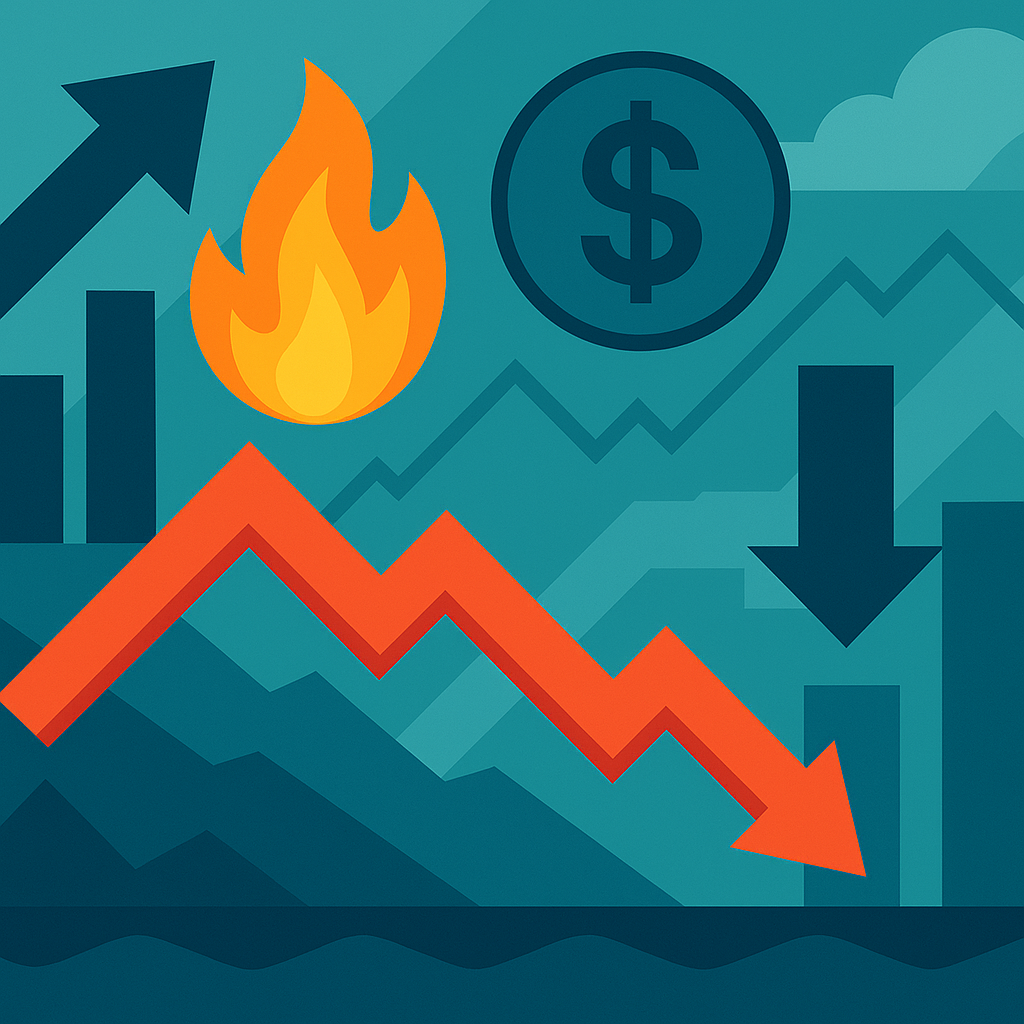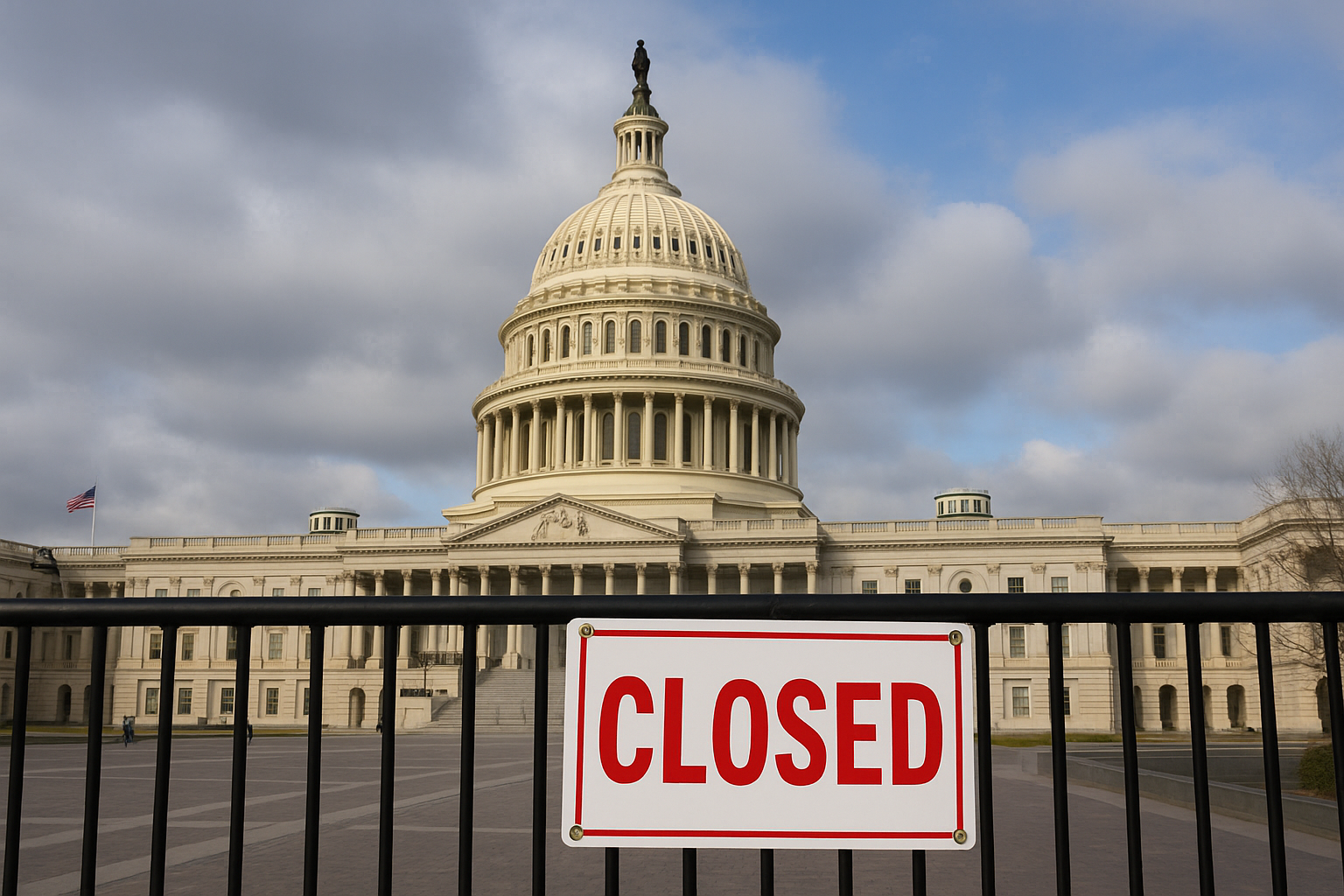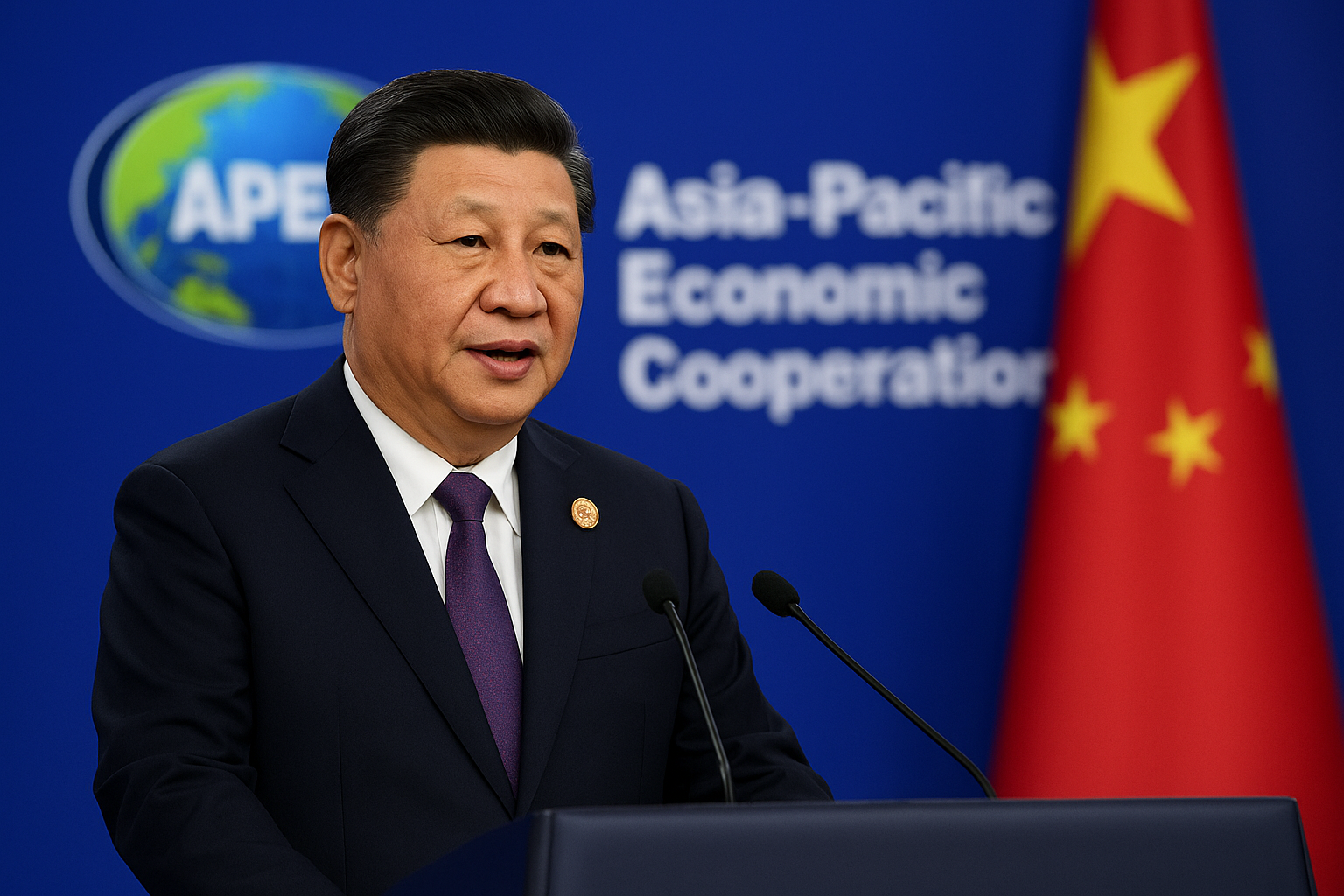U.S. GDP Shrinks 0.3% in Q1; Core PCE Inflation Hits 3.5%
A Critical Crossroads for the U.S. Economy
In a striking development that has sent ripples across Wall Street, the U.S. economy shrank by 0.3% in the first quarter of 2025—its first contraction since early 2023. Simultaneously, inflation is proving more stubborn than expected. The core Personal Consumption Expenditures (PCE) index, the Federal Reserve’s preferred measure of inflation, surged 3.5% year-over-year, according to fresh data from the Bureau of Economic Analysis.
With GDP in retreat and inflation still hot, the market now finds itself caught in the middle of a monetary policy dilemma. The Federal Reserve’s next move could set the tone for equities, bonds, and global investor sentiment heading into the summer.
Why This Matters for Investors
The contraction in GDP isn’t just a headline—it’s a flashing warning light for investors. The negative growth came amid a surge in imports, driven by companies rushing to stockpile goods ahead of expected U.S. tariffs. That surge widened the trade deficit, dragging overall output down. Meanwhile, resilient consumer demand and rising service sector prices contributed to elevated inflation numbers.
The combination of slowing growth and sticky inflation complicates the Federal Reserve’s path forward. Markets had priced in two to three rate cuts by the end of 2025. But with core inflation still well above the Fed’s 2% target, a premature move could reignite price pressures.
In a note to clients, J.P. Morgan economist Michael Feroli wrote, “The data underscores the knife-edge balance the Fed must walk. The economy is cooling, but inflation isn’t giving them a green light—yet.”
Fed in the Spotlight: June Meeting Now Pivotal
Investors are laser-focused on the Federal Reserve’s June FOMC meeting. If inflation continues to exceed forecasts, the Fed may delay cuts to avoid reaccelerating price growth. However, a continued decline in economic output could pressure policymakers to prioritize recession risk over inflation control.
Fed Chair Jerome Powell, in a recent speech, stated:
“We remain data-dependent. Our mandate requires us to support both stable prices and maximum employment—and we are closely watching developments on both fronts.”
Bond yields have already begun to reflect growing expectations for a rate cut, with the 10-year Treasury note dipping below 4.20% in early Wednesday trading. Meanwhile, equity markets remain volatile, as uncertainty over the Fed’s trajectory clouds short-term outlooks.
Sector Impacts: Winners and Losers
- Financials: Banks may face narrower margins if rate cuts proceed, but loan demand could rebound with looser policy.
- Technology: High-growth tech stocks could rally if yields drop, continuing the pattern seen during past rate cycles.
- Consumer Discretionary: Sector faces headwinds from economic slowdown, though stimulus or easing could offer support.
- Commodities: Inflation-sensitive assets like gold may benefit from monetary easing and dollar weakness.
Key Investment Insight
Investors should brace for heightened volatility leading into the Fed’s June meeting. While a rate cut is becoming more likely, it is far from guaranteed. Portfolio strategies that emphasize diversification and interest-rate-sensitive sectors may offer more resilience. In particular, quality tech, consumer staples, and fixed-income securities with shorter durations could provide downside protection with upside potential.
Watch for:
- The next CPI release on May 14
- Corporate earnings trends amid economic softening
- Signals from Fed governors and minutes ahead of the June 11-12 FOMC meeting
Stay Ahead with MoneyNews.Today
As investors navigate an increasingly complex economic landscape, staying informed is more important than ever. At MoneyNews.Today, we deliver sharp, timely, and actionable insights to keep your portfolio one step ahead. Subscribe now and get the edge you need—every market, every day.





